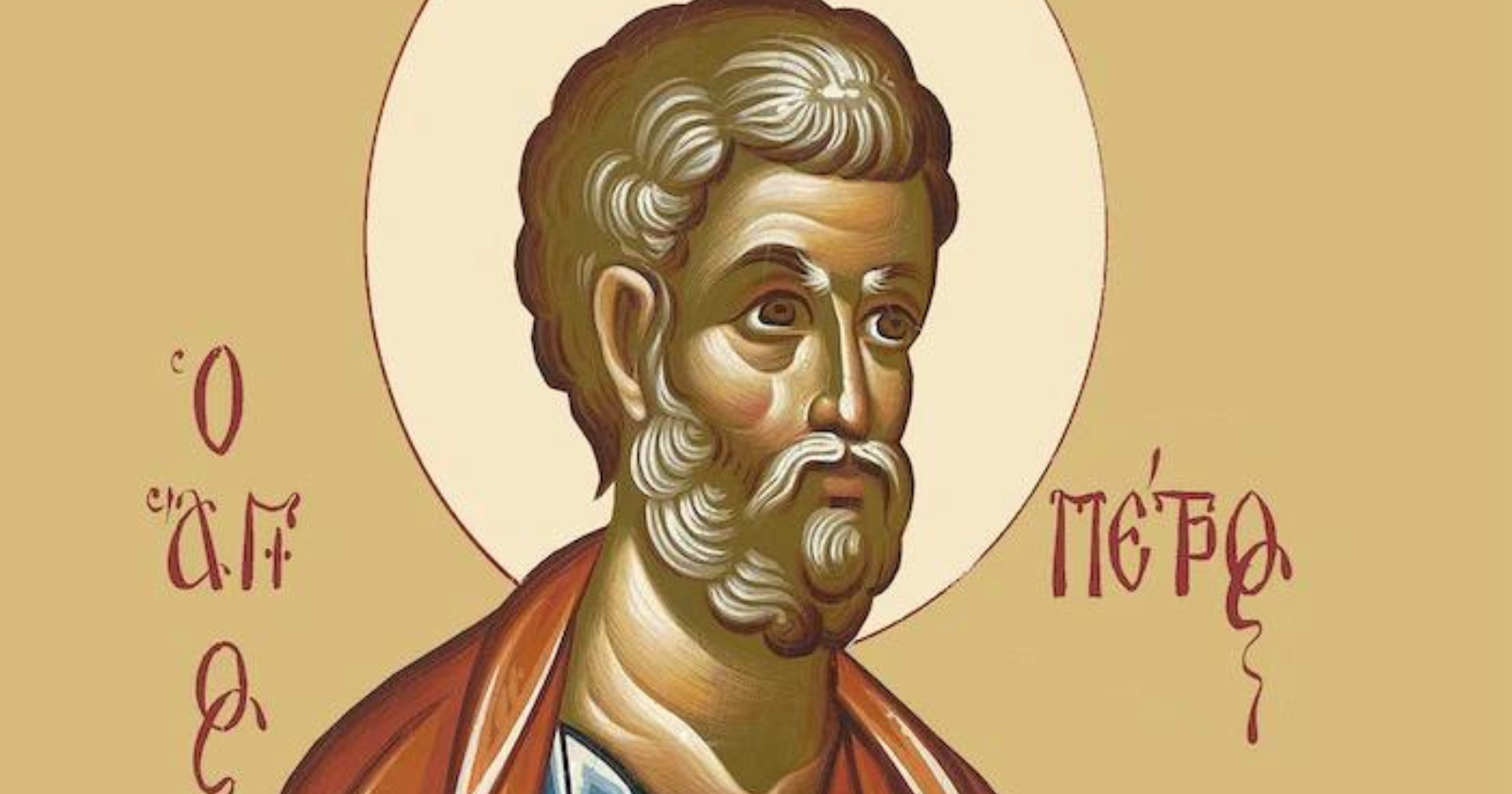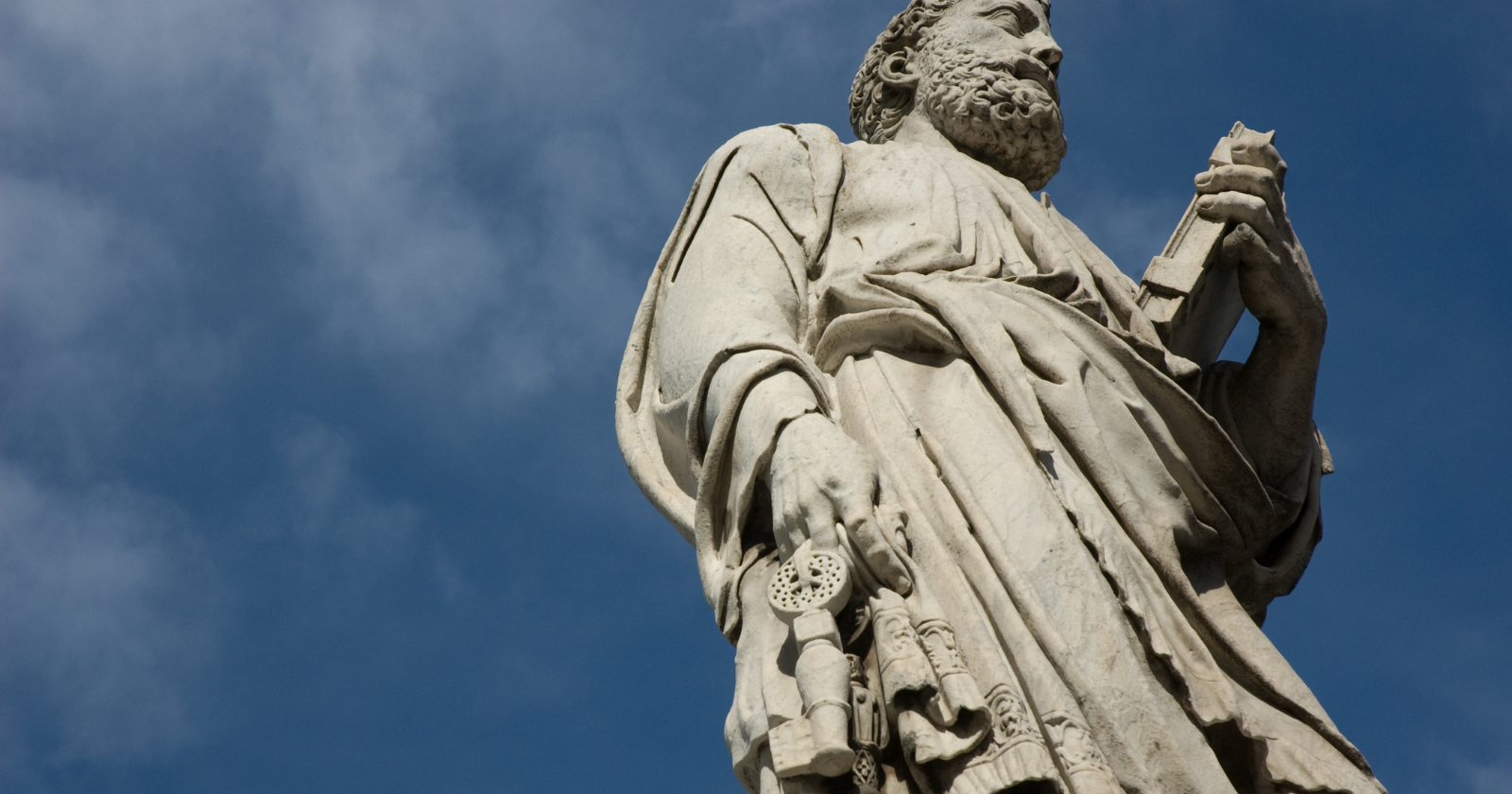St. Peter’s journey from a simple fisherman to a foundational pillar of early Christianity is a tale of transformation, courage, and faith that resonates deeply with us today.
As one of Jesus’ closest disciples, Peter played a significant role in spreading His teachings to the world.
His contributions to the spread of Christianity are vast and varied, touching the hearts and souls of believers across generations.
In this article, I’ll explore how Peter’s influence shaped the spread of Jesus’ teachings. You’ll learn about the actions, discourses, and journeys of Peter that have left an indelible mark on Christianity.
Peter’s role in spreading Jesus’ teachings
Peter, originally named Simon, was one of the twelve apostles chosen by Jesus Christ.
His transformation from a humble fisherman to a key figure in the early Church is a testament to his commitment and dedication.
Peter had a direct relationship with Jesus, which gave him firsthand exposure to His teachings. He was present during crucial moments in Jesus’ ministry, including the Transfiguration and the Last Supper.
These experiences equipped him with deep insight into Jesus’ teachings.
As a result of his boldness, Peter was the first to proclaim Jesus as the Messiah.
He also delivered the first sermon after the Pentecost, leading thousands to believe in Jesus. His leadership and courage were instrumental in expanding the early Christian community.
Peter’s missionary journeys took him to various regions, including Antioch, Corinth, and Rome. He communicated Jesus’ teachings to Jews and Gentiles alike.
This, in turn, played a crucial role in spreading Christianity beyond Israel.
Finally, Peter authored two epistles in the New Testament where he expounded on Jesus’ teachings. Today, these letters provide believers with guidance on living a life that aligns with Christian values.
Biblical accounts of Peter’s mission
The Bible provides several accounts of Peter’s endeavors to spread Jesus’ teachings.
One significant account is Peter’s sermon on the day of Pentecost, as described in the Book of Acts.
Despite facing a diverse and skeptical audience, Peter delivered a powerful message about Jesus’ resurrection, leading to the conversion of about three thousand people.
This event showcases Peter’s oratory skills and his ability to connect with a wide range of people.
Another noteworthy account is when Peter healed a lame beggar in Jesus’ name, as recorded in Acts 3. This miraculous act not only affirmed the power of faith in Jesus but also drew attention to Peter’s teachings.
The story of Cornelius in Acts 10 further highlights Peter’s role. In this account, Peter shares Jesus’ teachings with a Roman centurion, breaking traditional religious boundaries and emphasizing the universality of Christ’s message.
How Peter contributed to the spread of early Christianity
1. Public confession of Jesus as the Messiah
One of the most significant moments in Peter’s role of spreading Jesus’ teachings was his public confession of Jesus as the Messiah.
This occurred when Jesus asked his disciples, “Who do you say I am?”
Peter, demonstrating his understanding and faith, answered, “You are the Christ, the Son of the living God.” This confession, recorded in Matthew 16:16, is a turning point in the New Testament.
It signifies Peter’s unwavering faith in Jesus and his readiness to proclaim this truth to others.
This confession also led to a pivotal moment where Jesus responded by saying:
“And I tell you that you are Peter, and on this rock I will build my church” (Matthew 16:18).
This declaration affirmed Peter’s crucial role in establishing the early Christian Church.
2. Pentecost sermon and the growth of the early Church
Another key aspect of Peter’s role in spreading Jesus’ teachings was his powerful sermon on the day of Pentecost.
The Book of Acts records this monumental event, which took place after Jesus’ ascension.
On this day, the Holy Spirit descended upon the apostles, providing them with the ability to speak in different languages.
This miraculous event attracted a large crowd, providing Peter with an audience for his first public address.
In this sermon, Peter boldly proclaimed the resurrection of Jesus and His divine nature. He called people to repentance and baptism in the name of Jesus Christ for the forgiveness of their sins.
Believe it or not, his influential words were so compelling that about 3,000 people were baptized and added to the early Church that day.
Therefore, this event showcases Peter’s effectiveness as a preacher and his dedication to spreading Jesus’ teachings.
3. Peter’s mission to the Gentiles
I’m sure you’re aware that the early Christian Church was initially composed mainly of Jewish believers.
However, Peter played a significant part in expanding this scope.
In Acts 10, Peter had a vision where he was instructed not to call anything impure that God had made clean.
He interpreted this vision and understood that the gospel of Jesus Christ was not exclusive to Jews but was also for the Gentiles.
Following this revelation, Peter visited the house of Cornelius, a Roman centurion and a Gentile. He shared Jesus’ teachings with Cornelius and his household, leading them to accept the faith.
This event marked the start of the gospel being spread among non-Jewish communities.
This mission, though seemingly unconventional at the time, shows Peter’s obedience to divine guidance. It also underscores the inclusive nature of Jesus’ teachings – a message that continues to resonate in Christianity today.
4. Peter’s epistles in the New Testament
Have you ever wondered who penned some of the most insightful letters in the New Testament?
Peter, in his role as a leader, not only verbally preached Jesus’ teachings but also documented them.
These writings, known as the Epistles of Peter, are part of the New Testament. They provide a deeper understanding of Christian faith and practice.
The First Epistle of Peter addresses suffering and perseverance, while the Second Epistle speaks about knowledge and moral conduct.
These letters reflect Peter’s wisdom and spiritual maturity. They offer guidance on how believers can live out their faith amidst trials and tribulations.
Today, it’s obvious that his words continue to comfort and inspire Christians across generations.
5. Peter’s faith and resilience
Beyond Peter’s public speaking and writing, his personal faith and resilience played an instrumental role in spreading Jesus’ teachings.
We all know that he faced numerous trials and even denied Jesus three times out of fear. Still, Peter chose to return, reaffirm his faith, and continue his mission.
Having that in mind, to me, Peter’s life serves as a testament to the transformational power of Jesus’ teachings.
Besides, it illustrates the concepts of grace and forgiveness, which are central to Christian belief.
Here are some key aspects of Peter’s life that illustrate his faith and resilience:
- His return after denying Jesus
- His boldness in preaching despite opposition
- His willingness to correct his understanding, as seen in his vision of Gentiles
- His endurance of suffering for the sake of the gospel
In essence, Peter’s personal journey serves as an inspiration for believers on how to live out their faith in difficult times. His life embodies the core teachings of Jesus, making him a significant figure in spreading these teachings.

Peter’s influence on Christian art and iconography
Now, let’s focus on how Peter’s biblical accounts have influenced Christian art and iconography over the centuries.
As a matter of fact, Peter is one of the most frequently depicted figures in Christian art, symbolizing various themes central to the faith.
Usually, he’s portrayed holding keys, which represents his symbolic role as the keeper of the keys to the kingdom of heaven (as described in Matthew 16:19).
Furthermore, scenes from Peter’s life, particularly his encounters with Jesus, his sermons, and his miraculous acts, have been captured on canvas by numerous artists over the centuries.
These artworks not only serve aesthetic purposes but also function as visual narratives. They retell biblical stories and reinforce Christian teachings.
Final words: Reflecting on Peter’s enduring impact
Now you know that the life and ministry of Peter offer a profound exploration of faith, resilience, and leadership.
His transformative journey from a humble fisherman to a pillar of the early Church is at the heart of Christianity’s narrative.
Hopefully, these facets of Peter’s role in spreading Jesus’ teachings will inspire you to reflect on your faith and your willingness to extend Christ’s teachings to others.
After all, Peter’s story isa testament to how an ordinary individual, empowered by faith, can leave an extraordinary legacy.














